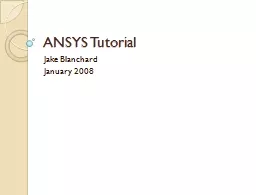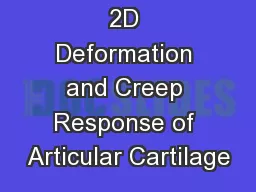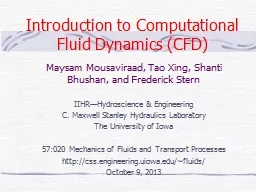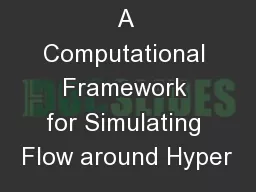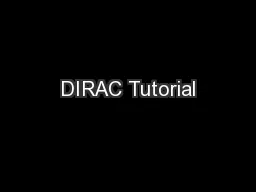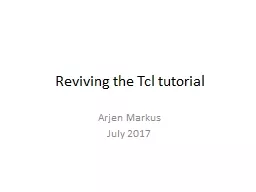PPT-ANSYS Tutorial
Author : marina-yarberry | Published Date : 2016-03-08
Jake Blanchard January 2008 Problem 1 Stress Concentration Bar in Tension with Central Hole d 02 m w 10 m l 30 m t1 cm E 200 GPa n 03 Procedure Summary
Presentation Embed Code
Download Presentation
Download Presentation The PPT/PDF document "ANSYS Tutorial" is the property of its rightful owner. Permission is granted to download and print the materials on this website for personal, non-commercial use only, and to display it on your personal computer provided you do not modify the materials and that you retain all copyright notices contained in the materials. By downloading content from our website, you accept the terms of this agreement.
ANSYS Tutorial: Transcript
Download Rules Of Document
"ANSYS Tutorial"The content belongs to its owner. You may download and print it for personal use, without modification, and keep all copyright notices. By downloading, you agree to these terms.
Related Documents

